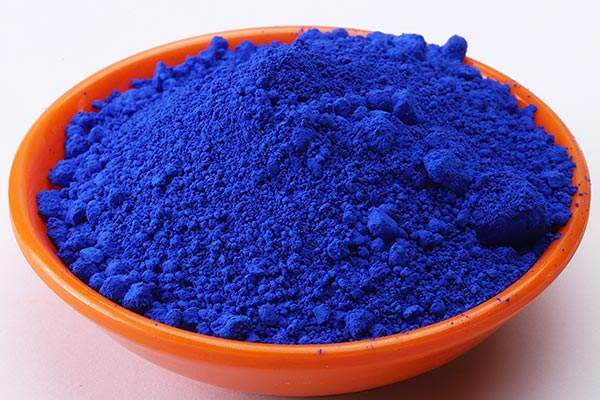Some colored organic compounds in nature can dye fiber materials or paper, leather and other substances into various beautiful and strong colors using appropriate methods. However, some organic compounds with quite bright colors cannot be used as dyes due to their poor affinity to fiber materials and cannot be dyed with appropriate methods or have poor dye fastness. Soluble in water or solvents. Colored substances that can be converted into a solution or processed into a dispersed state, have affinity for the dyed matrix, can be adsorbed or dissolved in the matrix, and can ultimately make the dyed material have a uniform color are called dyes. Therefore, dyes are organic compounds that can give dyed objects a bright and strong color.
Different from this, water-insoluble colored substances that can be applied to the surface of materials after preparation and treatment are called pigments. Pigments are small particles of insoluble colored substances. Pigments are not adsorbed by the matrix like dyes. They are often dispersed and suspended in polymer materials with binding capabilities. Colored mixtures such as metal complex dyes can be adsorbed by the matrix. If the coloring process strictly requires that the colorant must be insoluble, pigments should be used, such as printing ink. If dyes are used, bleeding circles will be formed on the boundaries of the printed image. Pigments should also have greater opacity, hiding power, and resistance to heat. This can be used for coloring paints and plastics. This chapter will focus on dyes rather than pigments in detail.

Uses of dyes
Dye is mainly used for dyeing various fibers (such as cotton, linen, wool, silk, leather and synthetic fibers, etc.), and is widely used in rubber, plastics, Ink, paper, food and photographic materials industries.
(1) Medical dyes are mainly used as cell staining substances.
(2) Biological dyes are used to elucidate protein structure and explore enzyme activity.
(3) Photosensitive dyes. In 1978, the silver consumption of photosensitive materials in various countries around the world was about 12,000, especially X-ray film, which contained higher silver content. The use of cyanine dyes and the development of color photography greatly improved sensitivity and reduced consumption.
(4) Laser dyes Due to the wide spectral range of dyes, from near ultraviolet to near infrared, they have broad spectral bands, which makes dyes applied to laser technology.
(5) Optical disc recording material, which records light and sound information on the optical disc material through the action of laser, and then displays the signal on the TV screen under the action of laser, Better performance than current tape recording. The dyes used in optical disk materials can also be used in solar cells.
(6) Liquid crystal dyes develop electronic color development technology, especially liquid crystal color development, which can lead TV technology in the direction of low energy consumption, miniaturization or ultra-large screens , which requires liquid crystal dyes.
(7) Semiconductor dyes are used in photoresistors and spectrum-sensitive detectors as components of electrophotographic recording materials.
As can be seen from the above, dyes not only serve the material and cultural needs of the people in dyeing, but also play a role in the interpenetrating development of modern science and technology.

 微信扫一扫打赏
微信扫一扫打赏

